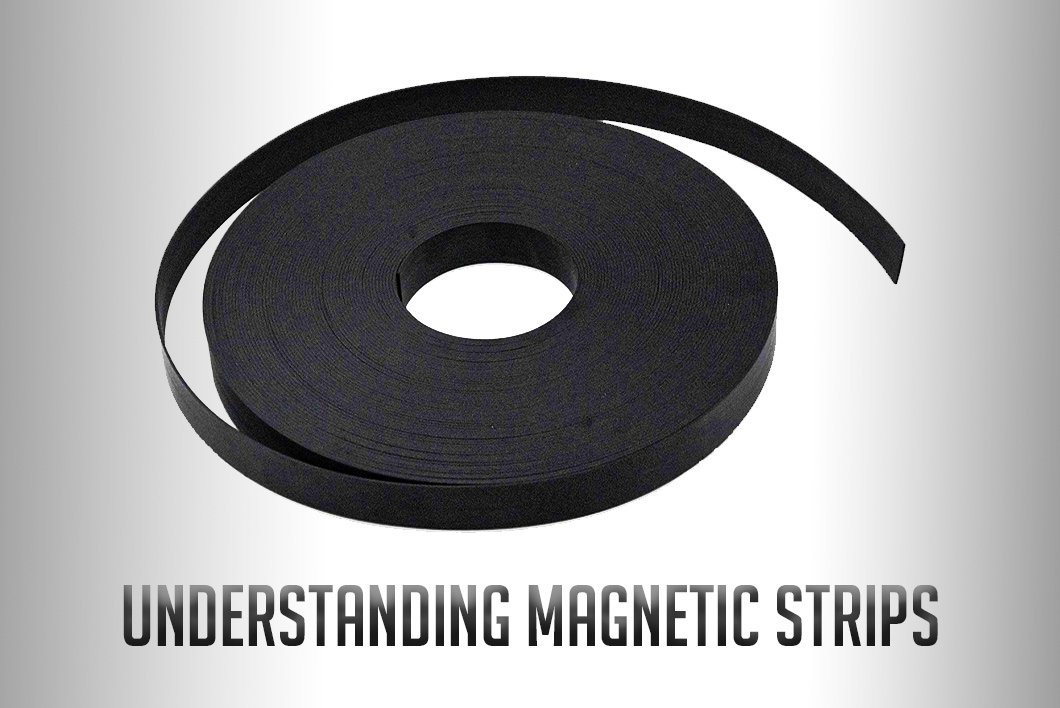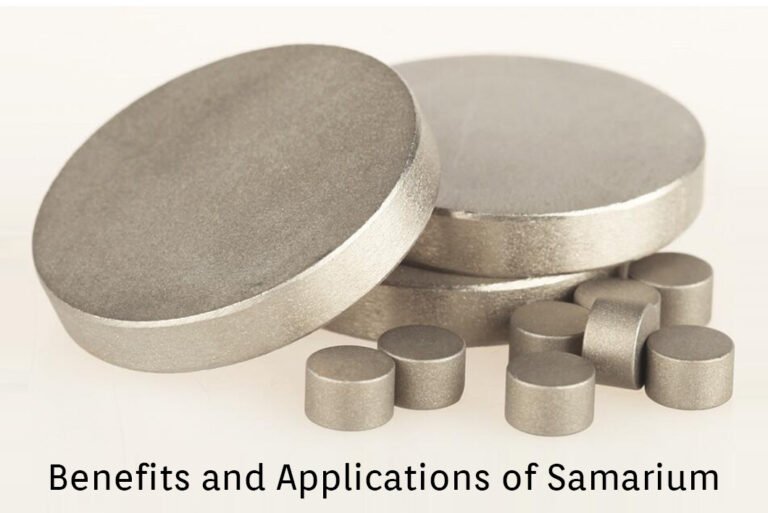The Basis of Magnetic Stripe Technology
The basis of magnetic stripe technology is the ability to store data on a thin strip of magnetic material. This strip is made up of tiny ferromagnetic particles, similar to those found on audiotapes or floppy disks. These particles maintain their magnetism and can have their poles aligned to represent binary data of 0s and 1s.
Creating the Magnetic Stripe
When creating a magnetic stripe card, the stripe is coated with a magnetic slurry that contains these particles suspended in a liquid binder. This material is then applied to the card in a thin, even layer and allowed to dry. Once dry, a powerful magnet is used to align the particles into patterns corresponding to the data being encoded. The polarity of the particles creates the binary data that is programmed to the stripe.
Writing Data to the Magnetic Stripe
To write data onto the magnetic particles, the stripe passes close to an encoding head. This encoding head contains electronic coils that generate precise magnetic fields. As the stripe moves past the head, the fields realign the magnetic particles into the desired data patterns. The coils alternate the direction of their magnetic field to encode the binary 0s and 1s.
Reading the Encoded Data
Reading the data works in the reverse manner. The magnetic stripe passes close to a reading head that detects changes in the magnetic fields emanating from the poles of the particles. As the polarity shifts from north to south, the reading head translates this back into the binary data that was written. The reader extracts the data significantly faster than the encoder writes it.
Data Encoding Standards
The data encoded follows standard digital formats specified for magnetic stripe cards. This usually includes account and identification data, security checks, and other relevant information for the card’s use. For example, credit cards store the card number, expiration date, account holder name, and security code. The stripe standards allow sufficient data density to pack all the necessary data into the limited space on the stripe.
Protecting the Magnetic Stripe
To protect the magnetic particles from accidental realignment that would corrupt the data, magnetic stripes have a protective top coating. The coating also reduces general wear and tear to increase the lifespan. However, the stripes can still be damaged by contact with magnets, exposure to electric fields, physical abrasion, and other impacts.
Prevalence and Importance Today
While magnetic stripe technology has been around for decades, it continues to serve an important role today in cards, badges, tickets and more. The simplicity and low cost make magnetic stripes prevalent worldwide despite the increasing ubiquity of newer technologies like smart cards and RFID tags. Understanding the straightforward science behind magnetic stripes sheds light on this pervasive modern technology we encounter and rely on daily.








